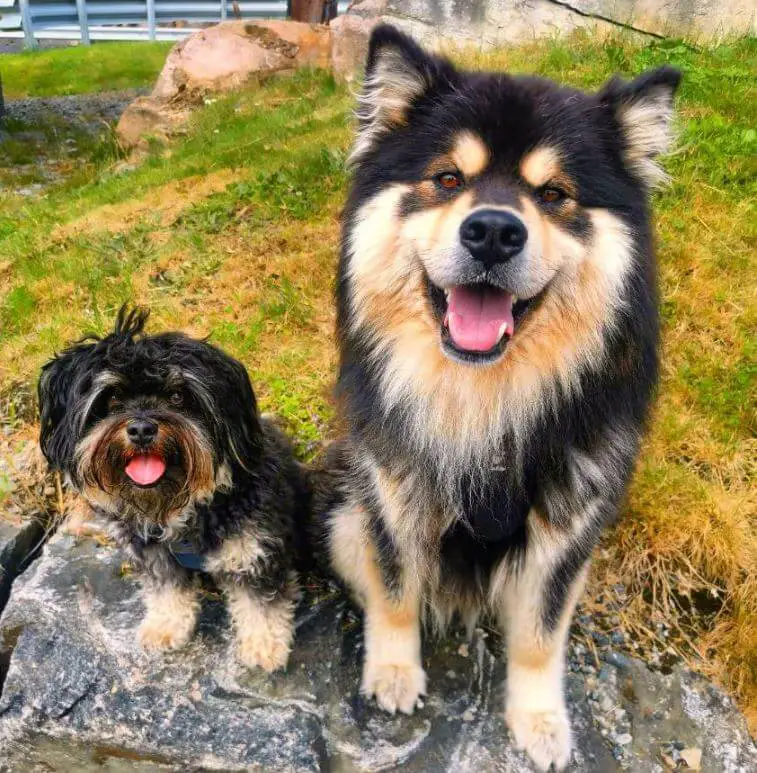Just as changes in weather can affect our mood and well-being, they can also have a significant impact on our canine companions. Dogs are highly sensitive to environmental changes, including shifts in weather patterns. In this article, we’ll explore how various weather conditions can influence your dog’s mood and behavior, helping you better understand their reactions and provide the necessary care.

Sunny Days and Playfulness:
Sunny and warm weather often brings out the playful side in dogs. Increased exposure to sunlight can boost their mood and energy levels, encouraging outdoor activities, playtime, and exploration. The abundance of natural light also positively affects their circadian rhythms, leading to a more balanced sleep-wake cycle.
Rainy Days and Relaxation:
Rainy weather tends to have a calming effect on many dogs. The sound of raindrops and the gentle rhythm of the rainfall can create a soothing atmosphere, making indoor napping and relaxation more appealing. However, for some dogs, especially those who dislike getting wet, rainy days might lead to reluctance to go outside for bathroom breaks.
Thunderstorms and Anxiety:
Thunderstorms can trigger anxiety in many dogs due to the loud noises, lightning flashes, and changes in atmospheric pressure. Dogs that are fearful of thunderstorms may exhibit signs of distress such as trembling, hiding, excessive barking, or seeking comfort from their owners. Providing a safe, quiet space and using calming techniques can help alleviate their anxiety during storms.

Hot Weather and Lethargy:
During excessively hot weather, dogs can become lethargic and less active. High temperatures can make them uncomfortable, and they may seek out cooler spots to rest. It’s crucial to ensure your dog has access to shade, cool water, and a comfortable environment during hot days to prevent heat-related issues.
Cold Weather and Coziness:
Windy days can amplify your dog’s sensory experiences. The scent of various odors carried by the wind can stimulate their senses and trigger curiosity. However, strong winds can also create anxiety, especially if unfamiliar or loud noises are carried along.
Caring for Your Dog in Different Weather Conditions:
- Stay Attuned: Pay attention to your dog’s behavior and body language during different weather conditions. This can help you gauge their comfort level and address any concerns promptly.
- Provide Comfort: Create a comfortable and safe environment for your dog during extreme weather conditions. Ensure they have access to shade, water, warmth, or a quiet space, depending on the weather.
- Exercise Wisely: Adjust your dog’s exercise routine based on the weather. During hot days, opt for walks during cooler times of the day, and during cold weather, protect them from the elements with appropriate clothing.
- Calming Techniques: If your dog experiences anxiety during storms or windy days, consider using calming techniques like soothing music, a comfortable hiding place, or pheromone diffusers.

Weather’s impact on your dog’s mood is a complex interplay of sensory experiences, comfort, and their unique personality. By observing your dog’s reactions and responding with care and consideration, you can help ensure their well-being and make each day a positive and enjoyable experience, no matter the weather.
